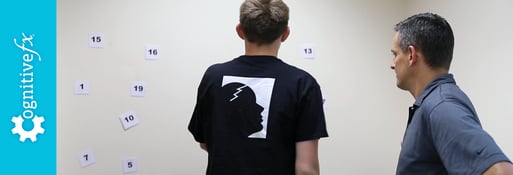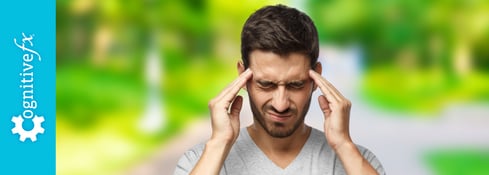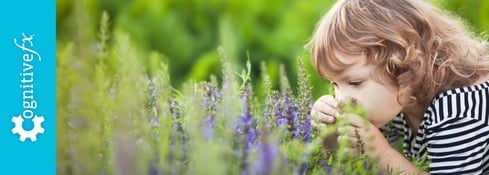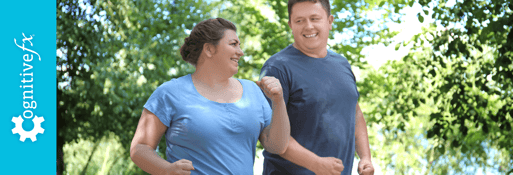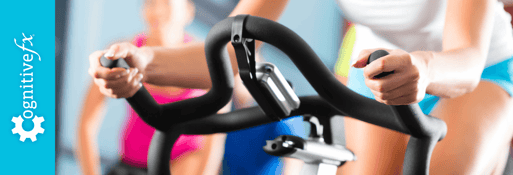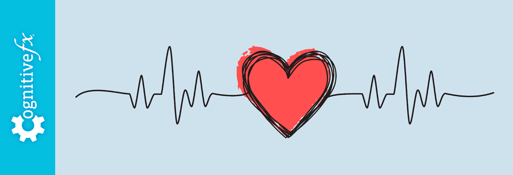If you visit a doctor for a concussion, you might be told to lie down in a dark room until all your symptoms go away. Many doctors learned that rest was the best way for patients to heal safely from a concussion, but that is no longer best practice. In fact, research shows that active management of concussion has better outcomes. And in our experience treating thousands of patients, many of whom had symptoms that lasted for months or years, we know that “rest until you feel better” can be frustratingly ineffective.
Fortunately, there’s another way. In this guide to treating a concussion, we answer commonly asked questions and share our findings after years of research and treating patients. We cover:
As you’ll see, there’s a lot more you can do to recover from a concussion than lie around in bed all day.
Note: Have your concussion symptoms lingered for weeks, months, or even years? On average, our patients’ symptoms improve by 60% after one week of treatment at our center specializing in post-concussion therapy. To see if you are eligible for treatment, sign up for a consultation.
Signs and Symptoms of a Concussion
.jpg?width=900&name=image5%20(3).jpg)
A concussion is the same thing as a mild traumatic brain injury (mTBI). You don’t have to receive a blow to the head to get a concussion. A concussion may occur whenever you receive a hit, shake, or jolt to the head. For example, if your car stops suddenly, your brain might be jarred enough to hit your skull. If it does, that jostling is enough to cause concussion symptoms.
If you have any of the common symptoms of a concussion listed in the checklist we created (see above), and you received a known bump or shake to the head, you probably have a concussion. You can learn more about concussion symptoms, when they appear and disappear, and why in our guide to the symptoms of a concussion.
In general, it’s always best practice to see a healthcare professional when you sustain a suspected concussion. But if you or someone you know is experiencing the signs of severe head trauma, seek medical care at an emergency room immediately. Here are signs you should head to the ER:
- Abnormal behavior.
- Clear fluid from the ears or nose.
- Confusion, difficulty recognizing people or places, or agitation.
- Differently sized pupils.
- Drowsiness or difficulty waking up.
- Loss of consciousness.
- Loss of feeling in part of the body.
- Memory loss about the time of injury or what followed.
- Persistent, severe balance problems.
- Seizures.
- Severe weakness.
- Severe, worsening headache.
- Vomiting more than once.
While concussion severity isn’t linked to causes of concussion, it’s also good to seek medical attention at the emergency department if your injury happened at high speeds, such as a motor vehicle accident, or if you’re taking medications that could increase bleeding (such as anticoagulants).
Otherwise, most concussions can be treated at home, at least for the first three weeks. If after three weeks your symptoms haven’t resolved, you’ll need more targeted concussion treatment than you can receive at home.
What to Do after a Concussion
 What you do after a concussion depends on the severity of the head injury. If you have significant bleeding or any of the emergency symptoms listed above, you should see a health care provider immediately.
What you do after a concussion depends on the severity of the head injury. If you have significant bleeding or any of the emergency symptoms listed above, you should see a health care provider immediately.
If you’re not in immediate danger, then you have a choice. You can visit a doctor or a concussion clinic to get an official diagnosis and personalized guidance or you can try to treat the concussion at home. Here’s what to expect in either situation.
How Doctors Treat a Concussion
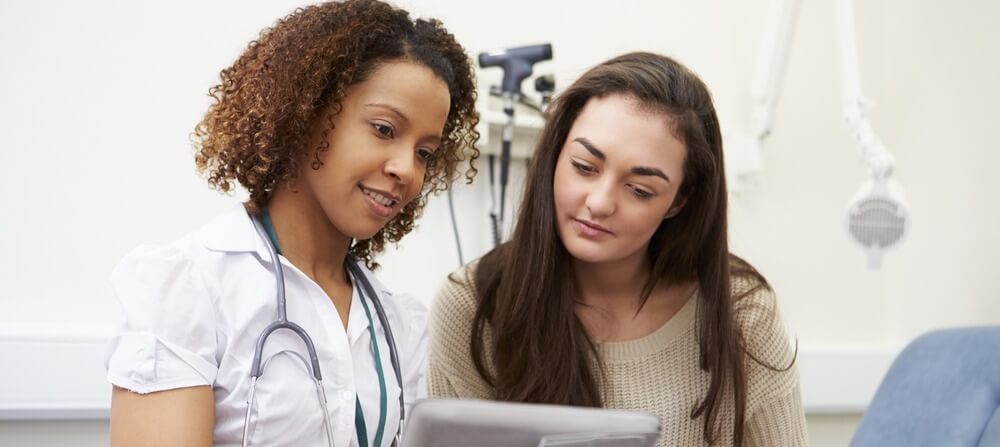
What kind of concussion treatment you receive varies greatly based on what type of provider you visit and what diagnostic tools they have available.
Most primary care and pediatric doctors don’t have the resources in-house to provide treatment, but they might be able to refer you to a therapist for post-concussion care. If you visit the ER, you’re more likely to receive a structural MRI or CT scan. While these scans can’t detect a concussion, they can identify serious injuries such as skull fracture, brain bleeding, and more.
Further reading: Why CT scans don’t detect concussions and why most MRI scans can’t ‘see’ concussions
But there are many other medical providers capable of diagnosing and treating concussion if you know where to go. Sports medicine physicians, therapists, physical medicine and rehabilitation (PM&R) physicians (physiatrists), and others — if they specialize in concussion — can provide active care as you recover.
Further reading: What type of doctors treat concussions and What neurologists can (and can’t) do for concussion
Concussion healthcare varies from doctor to doctor. If your symptoms don’t clear within two weeks, look for someone who can provide active therapy, like our sister concussion clinic in Provo, Utah, which focuses on acute concussion treatment. They have a list of therapies that help you heal faster from a concussion.
How to Treat a Concussion at Home
For the first two days after a concussion, practice relative rest. Don’t hide in a dark room all day, but do avoid strenuous mental or physical activity. Gentle activities, such as sitting in a shady garden, light reading as tolerated, stretching, art projects, and the like are OK as long as they don’t produce a sharp increase in symptoms. Avoid bright lights, loud noises, and crowded environments as much as possible.
After those first two days, exercise and cognitive stimulation are essential to concussion recovery.
When you get a concussion, there is an initial period of inflammation and a temporary breakdown of tiny structures in and around the brain cells at the site of your injury. Because of that, the affected cells experience dysfunctional signaling when they call for oxygen and other micronutrients as they attempt to perform their tasks. Often, these neurons don’t successfully complete the cognitive processes — like seeing, thinking, or reading — they were trying to achieve, or it takes them far more resources than usual. Other neural pathways can pick up that task, but it’s harder on your brain.
Ideally, your brain will return to the normal, more effective neural pathways when inflammation goes down. Unfortunately, that doesn’t always happen. When it doesn’t, patients can be left with lingering symptoms for weeks, months, or even years.
Physical exertion and cognitive exercise, in reasonable quantities, can decrease recovery time and increase your chances of healing properly. Here’s the specific regimen we recommend:
1. Do cardio for ~30 min/day or as tolerated.
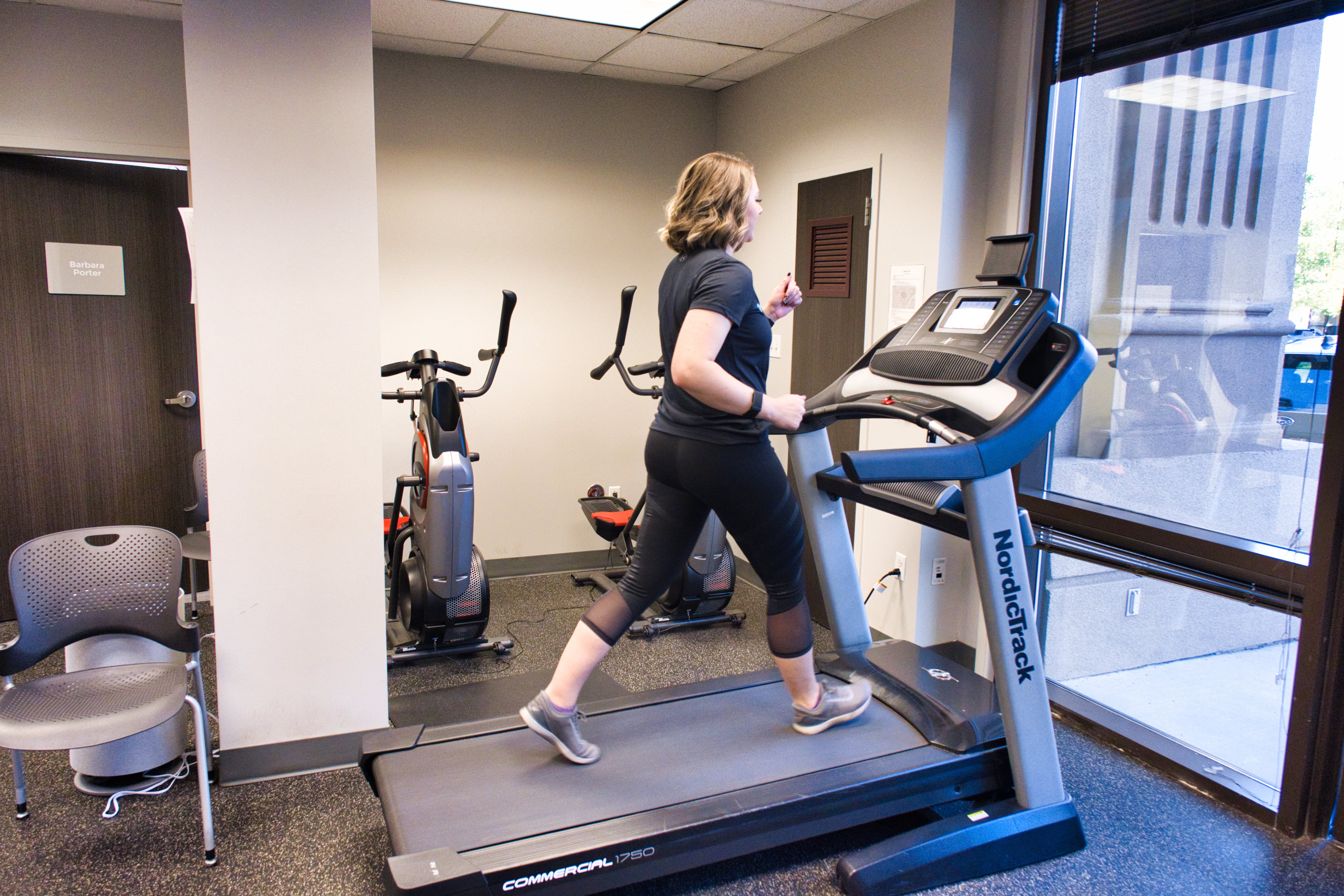
Don’t do any exercises that would result in jostling your head. For example, you shouldn’t go for a run as your cardio workout. If you have access to a stationary bike or an elliptical machine, those are ideal for getting your blood pumping without making your concussion worse.
If you don’t have access to exercise equipment, do your best to get your heart rate up with calisthenic exercises. If you have any dizziness or difficulty balancing, switch to something that doesn’t aggravate your symptoms.
Further reading: Why exercise is important for post-concussion healing and How to exercise after a concussion
If you can’t make it thirty minutes without a sharp increase in symptom severity (such as dizziness or headaches), do intervals. Get in a minute or two of intense exercise, then sit down and breathe in a set pattern (we recommend four seconds in, one second hold, six seconds out). When your heart rate comes down, start another interval. Do whatever you can manage; physical activity once per day makes a big difference in healing.
2. Immediately after exercising, engage in cognitively demanding activities.
Exercise produces an increase in helpful neurochemicals such as brain-derived neurotrophic factor (BDNF) and has been shown to increase cognitive flexibility. That means cognitive exercise after physical exercise is more effective. Try reading a book or having an intellectually demanding conversation with someone. Or, choose one of these cognitively stimulating activities you can do at home. You can take breaks as needed, but do your best to exercise your brain for roughly thirty minutes.
.jpg?width=1999&name=image6%20(1).jpg)
A therapist demonstrates sensorimotor therapy at Cognitive FX. It requires completing cognitive challenges while moving in time with a metronome.
3. Calm your autonomic nervous system.
Your autonomic nervous system (ANS), which controls the processes in your body that you don’t think about, can be impacted by a concussion. Thanks to autonomic nervous system dysfunction, your post-concussion breathing patterns might change, you could have heartbeat irregularities, and you might feel stressed and anxious. ANS dysfunction can contribute to most common concussion symptoms, including headaches, vision problems, “personality changes,” and more.
Further reading: Post-concussion vision problems and Personality changes after a concussion
While alternating between cardio and controlled breathing can help, it’s also good to relax in any way you can. People turn to meditation, prayer, soothing music, yoga, and other calming activities to ease the strain on their ANS. There’s also an app called BrainWave: 35 Binaural Series that can help.
As you recover from acute concussion, plan to spend most of your day resting.
4. Rest from screens and try to do some normal activities, if you can.
This part of traditional concussion advice is good: If you can, give the electronics a break. That’s not to say you can’t have any time in front of screens, but you shouldn’t spend the whole day playing video games.
Exposure to normal non-screen activities will help your brain recover. Doing chores, chatting with friends, and even light work could be helpful. Remember to rest in between these activities as needed.
5. Return to work or school gradually.
If at all possible, follow a gradual return to your normal daily activities. Be it your job or schoolwork, try to start at 10 hrs your first week back, then try 20 hrs the following week. By gradually working your way up to full-time attendance, you’re giving your brain the space it needs to finish healing. Even if you’re symptom-free, this step is important (if you can make it work).
6. Follow a good post-concussion diet.
If you’re looking for something else you can do to help your brain heal, consider an anti-inflammatory diet. If that’s too much to handle by yourself and you don't have someone to help you in the kitchen, focus on these changes:
- Reduce your intake of processed foods and refined sugar as much as you're able.
- Drink enough water. To calculate the daily water intake you need, divide your weight in pounds by two. That's how many ounces of water you should drink per day. For example, if you weigh 200 pounds, aim to drink about 100 ounces of water per day.
- Add fresh vegetables, fruits, and nuts into your diet as often as you can.
- Eat regularly: six small meals per day or three normal-sized meals.
Above all, make sure you eat regularly: six small meals per day or three normal-sized meals.
Here’s more information about post-concussion nutrition to support healthy brain function.
How to Treat a Concussion Headache
Headache is the most common post-concussion symptom. One study found that well over 50% of patients experienced post-traumatic headache after a mild concussion at various points during the study, and over 30% experienced persistent headaches.
If you have a headache right after the concussion, it’s safe to take Tylenol (acetaminophen) during the first 48 hours after injury because it does not increase the risk of brain bleeds. After that, you can take other over-the-counter pain medicines such as Advil, Motrin, Ibuprofen, Aleve, etc. to reduce your pain while you recover. Follow the directions on the bottle suitable for your age and never take more than the maximum dose without a doctor’s approval.
That said, natural methods of relaxing and self-massage (as mentioned in the video above) can be safer and more effective.
For a severe headache or migraine that isn’t controlled by OTC pain medicine, you may need to seek medical advice. You can also read our article about post-concussion headache and take our online course on relieving post-injury headache pain.
Further reading: Medications for persistent post-concussion symptoms
How to Treat a Concussion in Children
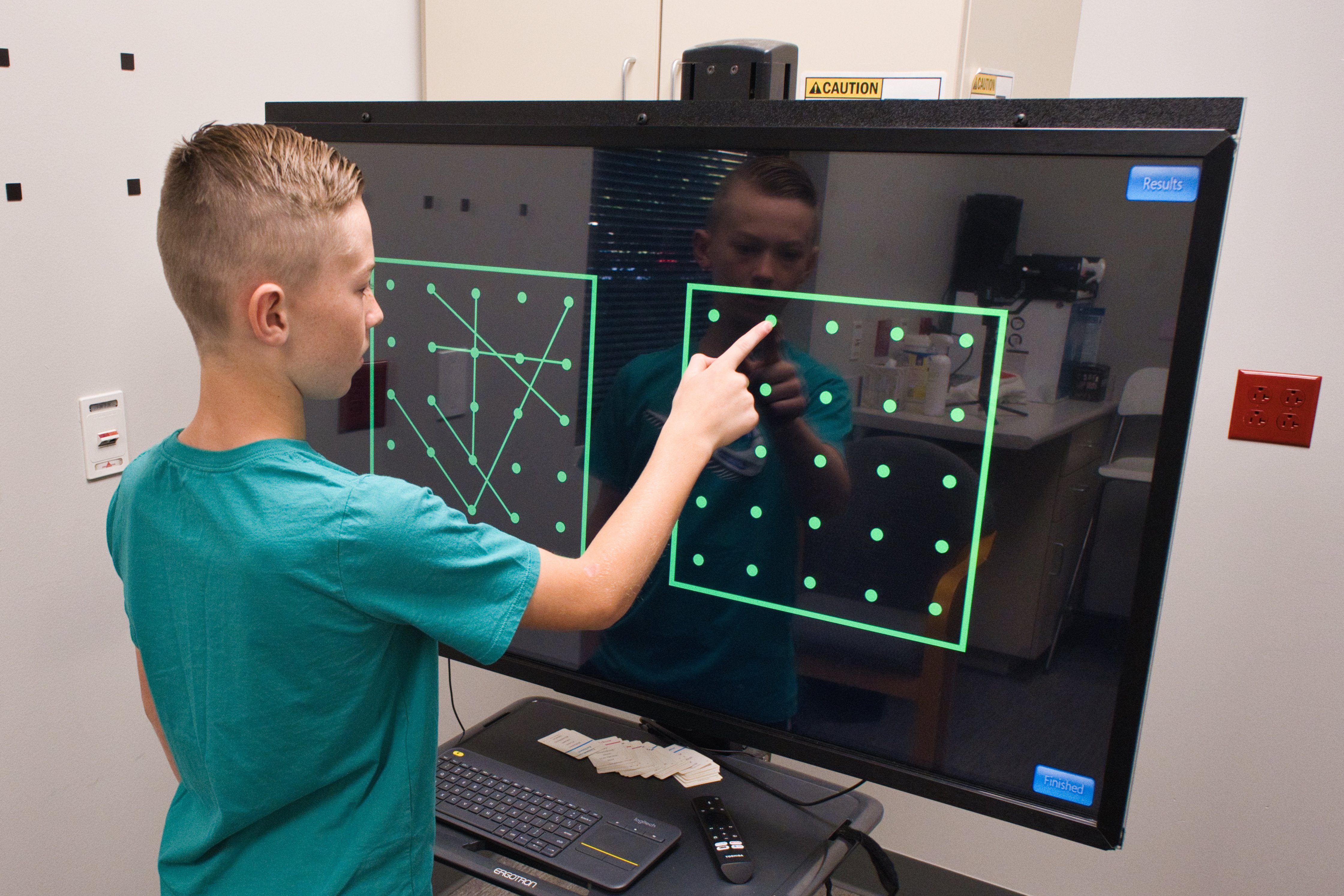
While all the advice above applies to children as well, it can be difficult to put into practice (depending on the age of your child). Since adolescents are old enough to listen and follow instructions, you can help them with their daily physical and cognitive exercises. Listen to their feedback; if they’re in too much pain or getting overwhelmed, help them calm down. It’s important for their autonomic nervous system to recover in a low-stress environment.
For young children, concussion follow-up care is more difficult. Do what you can to protect them from falls and encourage as much rest as possible. If you can get them to solve some puzzles, that’s great. You may need to work with your family physician to set up a realistic care plan.
If your child suffered a sport-related concussion, then you may also need to coordinate with their coach on a plan to return to play. The Centers for Disease Control and Prevention (CDC) have resources for return to play via their HEADS UP program, though we encourage earlier supervised aerobic activity in keeping with current research.
Further reading: How to identify post-concussion syndrome in children
What Not to Do after a Concussion
-1.jpg?width=1000&name=image3%20(1)-1.jpg)
What are some things you should avoid while you heal from your concussion? Don’t push yourself to do more than you can handle, don’t rush your recovery, and don’t return to sports or work environments that put you at risk for another concussion.
Here’s the most important rule of recovery: Do not engage in activities that put you at risk for another concussion.
This holds true for athletes in any sport, but especially for athletes who play contact sports. When you’re recovering from a mild TBI, your brain needs time to heal. Your symptoms may affect balance, coordination, and other skills necessary for staying safe while you practice. You’re more likely to get another concussion when those abilities are compromised. Even if you’re the kind of person who would push your limits with other sports injuries, don’t put your brain at risk.
If you get a second concussion while recovering from the first, you risk longer-lasting symptoms and brain damage. And in extremely rare cases, some patients die from a rapid swelling reaction in their brains (a life-threatening condition known as second impact syndrome). Given the possible consequences, it is never wise to engage in activities that put you at risk for a repeat concussion while you’re healing from the first.
It’s also best to avoid screen time whenever possible, but limited time in front of the TV or your phone is OK.
How Long Does It Take for a Concussion to Heal?
The majority of concussions heal in the first week or two after injury. Many recover within 7–10 days. However, full concussion recovery can take up to three months. If concussion symptoms persist longer than three months, then a post-concussion syndrome diagnosis is likely. In that case, patients need specialized treatment.
You can speed up your concussion recovery by following guidelines for at-home recovery and by going to therapy appointments.
What to Do If Concussion Symptoms Persist (Post-concussion Syndrome)
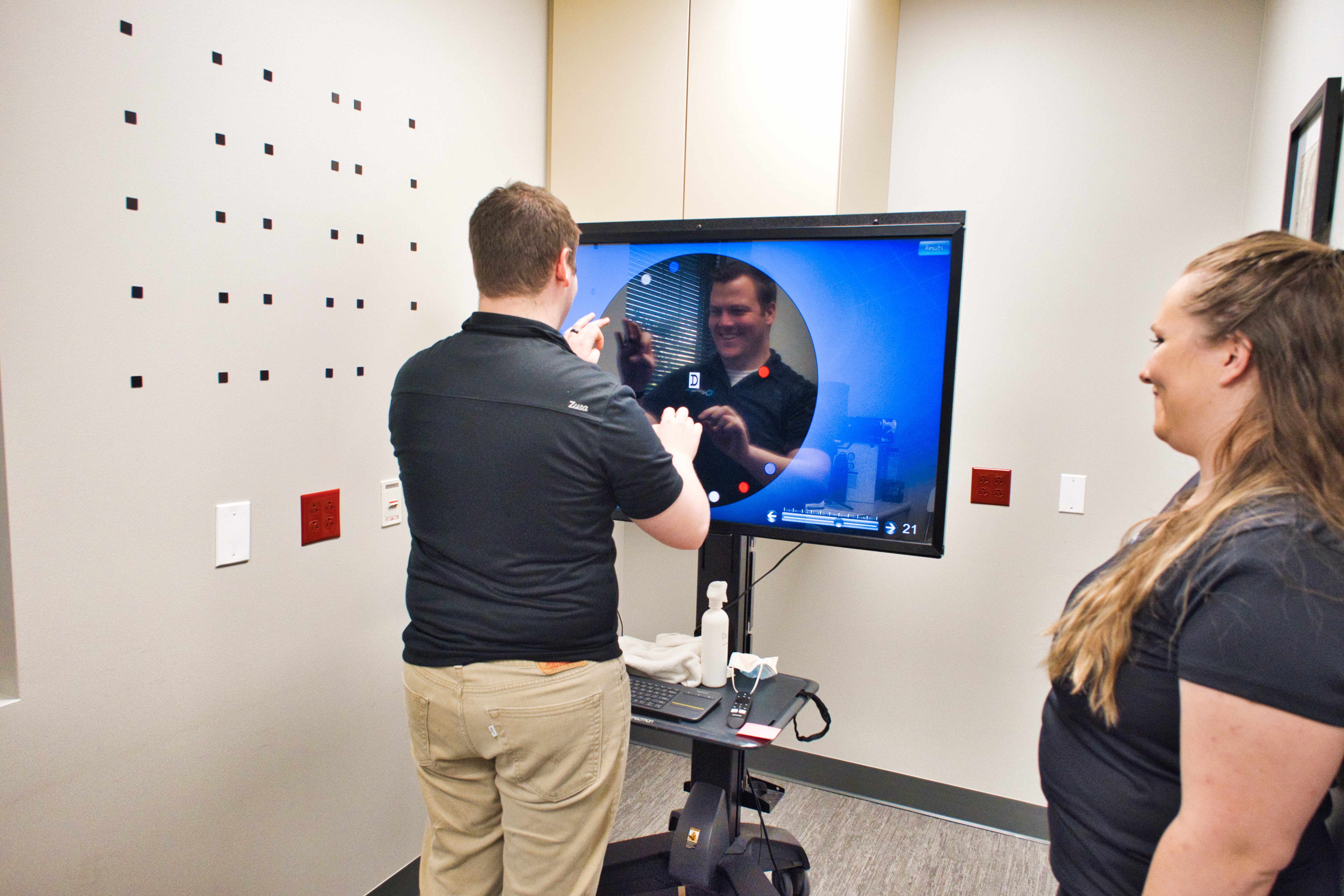
For most concussions, symptoms should resolve within two weeks. In some cases, it may take up to three months for a full recovery.
Unfortunately, not all concussion symptoms resolve within those time frames. Sometimes, it takes additional treatment to repair the communication pathways in your brain affected by the concussion(s). If you experience persistent post-concussion symptoms, you will likely not recover without targeted therapy.
At Cognitive FX, we offer an intensive therapy regimen that we custom-build around the needs of each patient. After a battery of testing to evaluate your brain, autonomic nervous system, vision, and vestibular function (including a form of functional MRI known as fNCI), we’ll know which areas of your brain and body are affected and in what way. That allows us to tailor physical training, cognitive drills, and emotional therapy to your specific needs.
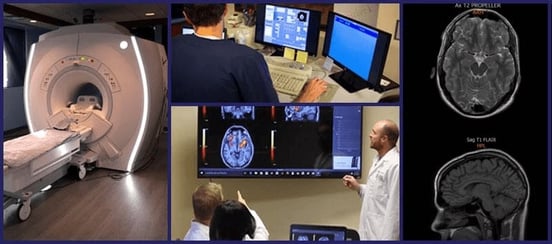
Using fNCI, we see evidence of how your brain changes with treatment. Using that information in addition to our therapists’ evaluations of your progress, we send you home with a concrete plan to continue improving.
Some of the therapies we use include physical and neuromuscular therapy, occupational therapy, cognitive therapy, sensorimotor therapy, vision and vestibular therapy, psychotherapy, and more.
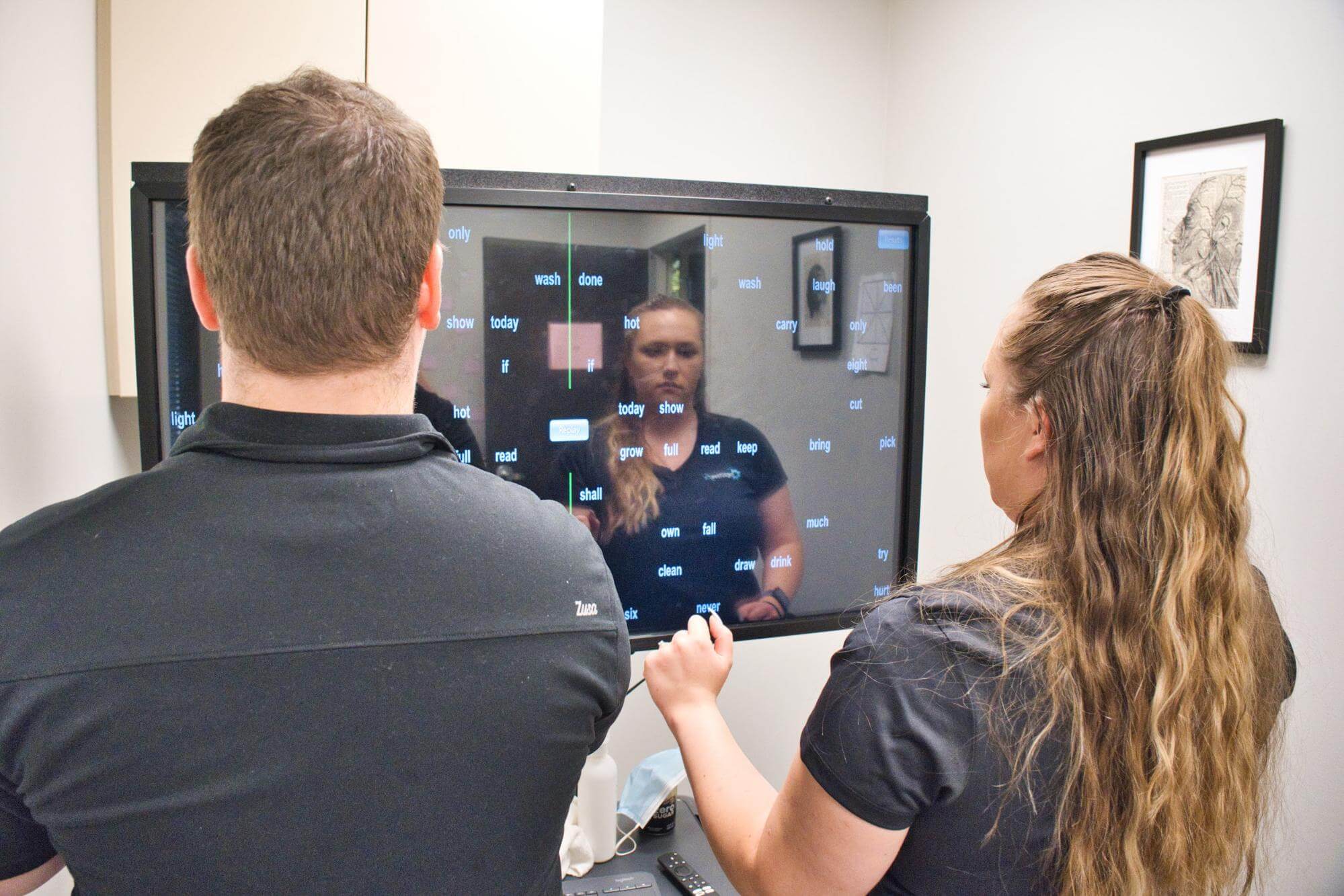
Further reading: Recovering from post-concussion syndrome
You can also hear from past patients about the experience they had with our recovery program:
Many patients are told that their symptoms are incurable. Or worse, they’re told to stop faking their symptoms and get back to work. Your symptoms are real and they are treatable. 90% of our patients show symptom improvement with just one week of treatment. To discuss your experience and determine your eligibility for treatment, sign up for a consultation with our team.
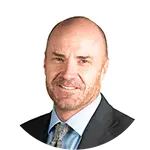

.jpg?width=900&name=image5%20(3).jpg)
 What you do after a concussion depends on the severity of the head injury. If you have significant bleeding or any of the emergency symptoms listed above, you should see a health care provider immediately.
What you do after a concussion depends on the severity of the head injury. If you have significant bleeding or any of the emergency symptoms listed above, you should see a health care provider immediately.

.jpg?width=1999&name=image6%20(1).jpg)

-1.jpg?width=1000&name=image3%20(1)-1.jpg)





